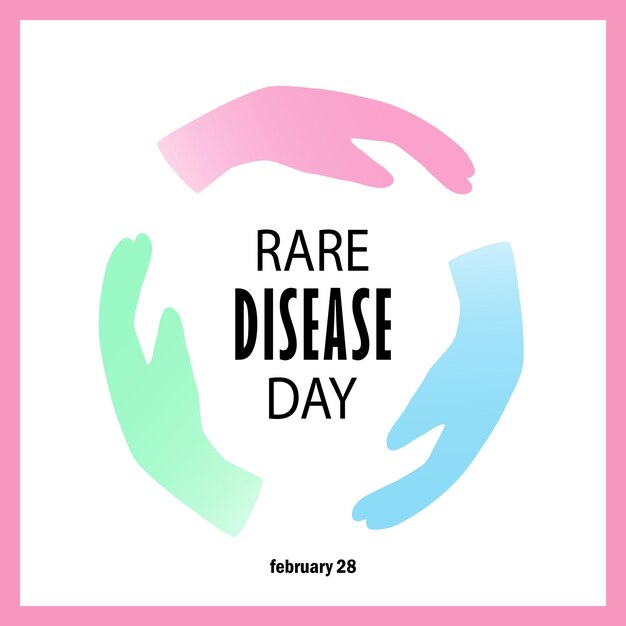Biologics: Revolutionizing the Treatment of Rare Diseases
Rare diseases affect millions of people worldwide, often presenting significant challenges in diagnosis and treatment. However, advancements in medical research and the development of innovative therapies have provided hope for patients with these conditions. One area of groundbreaking progress is the use of biologics in the treatment of rare diseases. Biologics, which are derived from living organisms, have revolutionized the way we approach rare diseases, offering targeted and effective treatments.
In this article, we will explore the role of biologics in treating rare diseases, highlighting the significant scientific and medical breakthroughs that have been made in the field. We will examine the impact of the Orphan Drug Act (ODA) in promoting the development of biologics for rare diseases and delve into the therapeutic areas where biologics have had the most significant impact. Additionally, we will discuss the challenges and future prospects of biologic treatments for rare diseases.
The Orphan Drug Act: A Catalyst for Biologic Breakthroughs
The Orphan Drug Act, enacted in the United States in 1983, has played a pivotal role in incentivizing the development of treatments for rare diseases. Prior to the ODA, only a limited number of drugs were approved for rare diseases, and the commercial viability of developing treatments for these conditions was low. However, the ODA introduced financial incentives for companies to develop drugs and biologics for rare diseases, including tax credits, waived FDA user fees, and marketing exclusivity for approved orphan-designated drugs.
Since the enactment of the ODA, there has been a remarkable increase in the number of orphan drug designations and approvals. According to data from the US Food and Drug Administration (FDA), over 6,000 orphan drug designations have been granted, representing drug development for more than 1,000 rare diseases. Additionally, nearly 900 of these designations have resulted in at least one FDA approval for use in 392 rare diseases.
Unleashing the Potential of Biologics in Rare Diseases
Biologics have emerged as a powerful tool in the treatment of rare diseases, offering targeted therapies that address the underlying causes of these conditions. Unlike traditional small molecule drugs, which are chemically synthesized, biologics are derived from living organisms, such as cells or proteins. This biological origin allows biologics to interact with specific disease targets and modulate biological processes with high precision.
One of the therapeutic areas where biologics have made significant strides is oncology. Cancer is a complex and heterogeneous disease, and biologics have been instrumental in developing targeted therapies for rare cancers. In fact, seven of the top ten most designated and approved rare diseases are rare cancers. Biologics such as monoclonal antibodies and immune checkpoint inhibitors have revolutionized cancer treatment, offering new hope for patients with rare forms of the disease.
Another area where biologics have shown promise is in the treatment of neurologic disorders. Rare neurologic diseases, such as amyotrophic lateral sclerosis (ALS), have historically had limited treatment options. However, the development of biologics targeting specific disease mechanisms, such as gene therapies and antisense oligonucleotides, has opened up new possibilities for patients with these conditions. These biologics have the potential to modify the course of the disease and improve patient outcomes.
Challenges and Future Prospects
While biologics have transformed the landscape of rare disease treatment, there are still challenges that need to be addressed. One of the primary challenges is the high cost of biologic therapies. Due to the complex manufacturing processes and the limited patient populations for rare diseases, biologics often come with a hefty price tag. This poses significant barriers to access for patients and healthcare systems, highlighting the need for innovative pricing models and reimbursement strategies.
Another challenge is the limited availability of biologics for certain rare diseases. While significant progress has been made in developing biologics for oncology and neurology, there are many other rare diseases that still lack effective treatment options. This underscores the importance of continued research and investment in rare disease drug development to ensure that all patients have access to life-changing therapies.
Looking ahead, the future of biologic treatments for rare diseases holds great promise. Advances in gene editing technologies, such as CRISPR-Cas9, have the potential to revolutionize the development of biologics by enabling precise modifications of the genome. This opens up new possibilities for targeted therapies and personalized medicine approaches for rare diseases. Additionally, the growing emphasis on patient-centered drug development and the involvement of patient advocacy groups are driving the development of therapies that address the specific needs and challenges of individuals with rare diseases.
Conclusion
Biologics have ushered in a new era in the treatment of rare diseases, offering targeted and effective therapies for patients who previously had limited options. The Orphan Drug Act has been instrumental in incentivizing the development of biologics for rare diseases, leading to a significant increase in orphan drug designations and approvals. The success of biologics in oncology and neurology highlights the transformative potential of these therapies in addressing the underlying causes of rare diseases.
However, there are still challenges to overcome, including the high cost of biologics and the limited availability of treatments for certain rare diseases. Continued investment in research and development, as well as innovative approaches to pricing and reimbursement, will be crucial in ensuring that all patients with rare diseases have access to life-saving biologic therapies. With ongoing advancements in gene editing technologies and the growing focus on patient-centered drug development, the future of biologic treatments for rare diseases holds great promise.
